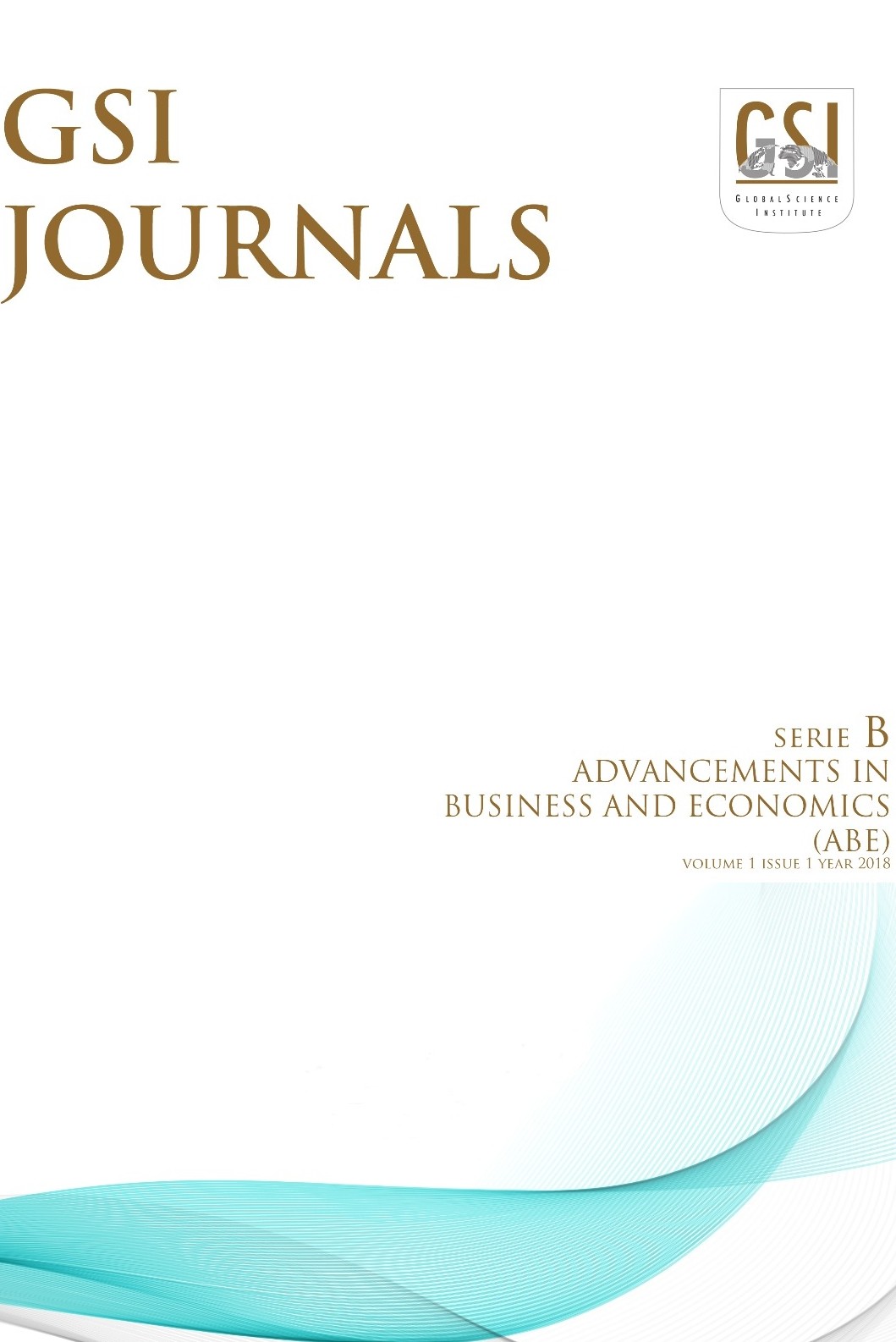A New Strategy to Create Competitive Advantage in the Scope of Health Tourism: "Hippotherapy Applications"
A New Strategy to Create Competitive Advantage in the Scope of Health Tourism: "Hippotherapy Applications"
Hippotherapy Health Tourism, Medical Tourism, Turkey,
___
- Antunesa, F. N.; Pinho, A. S.; Kleinerd, A. F. R.; Salazar, A. P.; Eltza, G. D.; Juniora, A. A. O.; Cechettia, F.; Galli, M. and Pagnussata, A. S. (2016). Different horse’s paces during Hippotherapy on spatio-temporal parameters of gait in children with bilateral spastic cerebral palsy: a feasibility study. Research in Developmental Disabilities, 59, 65-72.
- Araujo, T. B.; Oliveira, R. J.; Martins, W. R.; Pereira, M. M.; Copetti, F. and Safons, M. P. (2013). Effects of Hippotherapy on mobility, strength and balance in elderly. Archives of Gerontology and Geriatrics, 56, 478-481.
- Bjurstam, A. and Cohen, M. (2008). Spas and the future leadership climate. M. Cohen and G. Bodeker (Eds.), Understanding the Global Spa Industry – Spa Management, (pp. 363-376). Oxford: Elsevier Publishing.
- Bozok, D. (2009). Turizm isletmelerinin pazarlamasinda tutundurma. C. Avcikurt, S. Demirkol and B. Zengin (Eds.). Turizm işletmelerinin pazarlamasinda 7p ve 7c içinde (pp. 129-159), Istanbul: Degisim Publishing.
- Costa, C.; Quintela, J. and Mendes, J. (2015). Health and wellness tourism: a strategic plan for tourism and thermalism valorization of são pedro do sul. M. Peris-Ortiz and J. Alvarez-Garcia (Eds.), Health and Wellness Tourism, (pp. 21-31). Switzerland: Springer International Publishing.
- El-Meniawy, G. H. and Thabet, N. S. (2012). Modulation of back geometry in children with spastic diplegic cerebral palsy via Hippotherapy training. The Egyptian Journal of Medical Human Genetics, 13, 63-71.
- Elmaci, F. C. (2017). Hippoterapi ve fizyoterapistin rolu. Hipokrat E-Bülten, 1(5), 1-7.
- Escobar, M. A. and Villa, P. F. (2015). Hot springs as an alternative for sustainable wellness tourism in Colombia, 6iémes journées scientifiques du Tourisme Durable Conciliation, 10- 12th June 2015, Quebec, Canada.
- Giagazoglou, P.; Arabatzi, F.; Dipla, K.; Liga, M. and Kellis, E. (2012). Effect of a Hippotherapy intervention program on static balance and strength in adolescents with intellectual disabilities. Research in Developmental Disabilities, 33, 2265-2270.
- Heine, B. (1997). Hippotherapy: A multisystem approach to the treatment of neuromuscular disorders. Australian Physiotheraphy, 43(2), 145-149.
- Icoz, O. (2001). Turizm işletmelerinde pazarlama. Ankara: Turhan Publishing.
- Janura, M.; Peham, C.; Dvorakova, T. and Elfmark, M. (2009). An assessment of the pressure distribution exertedby a rider on the back of a horse during Hippotherapy. Human Movement Science, 28, 387-393.
- Karayagiz Muslu, G. and Conk, Z. (2011). Hayvan destekli uygulamalar ve cocuklarda kullanimi. Dokuz Eylül Üniversitesi Hemşirelik Yüksekokulu Elektronik Dergisi, 4(2), 83-88.
- Kimes, S. E. and Singh, S. (2009). Spa revenue management. Cornell Hospitality Quarterly, 50(1), 82-95.
- Koca, T. T. and Ataseven, H. (2015). What is Hippotherapy? The indications and effectiveness of Hippotherapy. North Clin Istanbul, 2(3), 247–252.
- Koseman, A. and Seker, İ. (2015). Hippoterapi ve terapide kullanılan atların özellikleri. Erciyes Üniv. Vet. Fak. Derg., 12(3), 195-201.
- Percivil, C. and Bridges, B. J. (2006). Globalization and healtcare: understanding health care and medical tourism. Expert rev. Pharmacoecon Outcomes Research, 6(4), 447-454.
- Ribeiro, M. F.; Espindula, A. P.; Lage, J. B.; Bevilacqua, D. E.; Diniz, L. H.; Mello, M. C.; Ferreira, A. A.; Ferraz, M. L. F. and Teixeira, V. P. A. (2017). Analysis of the electromiographic activity of lower limb and motorfunction in Hippotherapy practitioners with cerebral palsy. Journal of Bodywork & Movement Therapies, xxx, 1-9.
- Shanker, R. (2008). Services marketing – The Indian perspective. New Delhi: Excel Books.
- Selvi̇, M. S. (2011). Saglik turizmi. N. Hacioglu and C. Avcikurt (Eds). Turistik urun cesitlendirmesi, (pp.275-294). Ankara: Nobel Publishing.
- Sener, B. (2007). Modern otel işletmelerinde yönetim ve organizasyon. Ankara: Detay Publishing.
- Usta, O. (2008). Turizm – genel ve yapısal yaklaşım. Ankara: Detay Publishing.
- Yildirim Sik, B.; Cekmece, C.; Dursun, N.; Dursun, E., Balikci, E.; Altunkanat, Z. and Gulcu, M. A. (2012). Hippoterapi serebral palsili cocukların rehabilitasyonunda yararli midir?”, Turkiye Klinikleri J Med Sci, 32(3), 601-608.
- http://www.americanhippotherapyassociation.org/about-aha/about_aha/, (Accessed: 09.04.2019).
- http://www.kultur.gov.tr (Accessed: 26.03.2019).
- Yayın Aralığı: Yılda 2 Sayı
- Başlangıç: 2018
- Yayıncı: Halil Cem SAYIN
Saye Nihan ÇABUK, Serhat SARI, Talha AKSOY, Gökhan ERŞEN, Alper ÇABUK
Figen İLKE, Mehmet İNCEOĞLU, Alper ÇABUK
Selda UCA, Erdener BALIKÇI, Dilek DÜLGER
